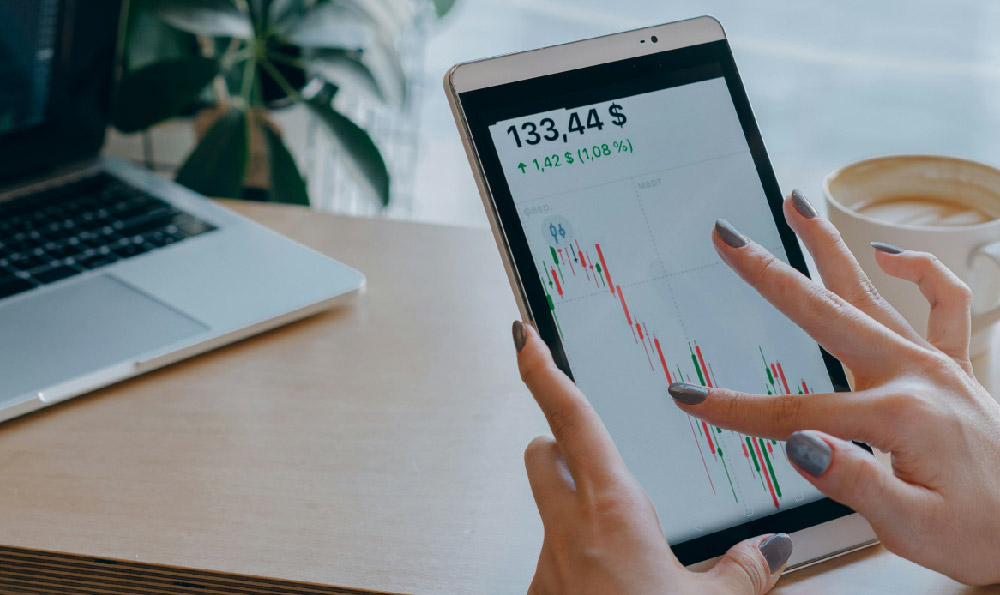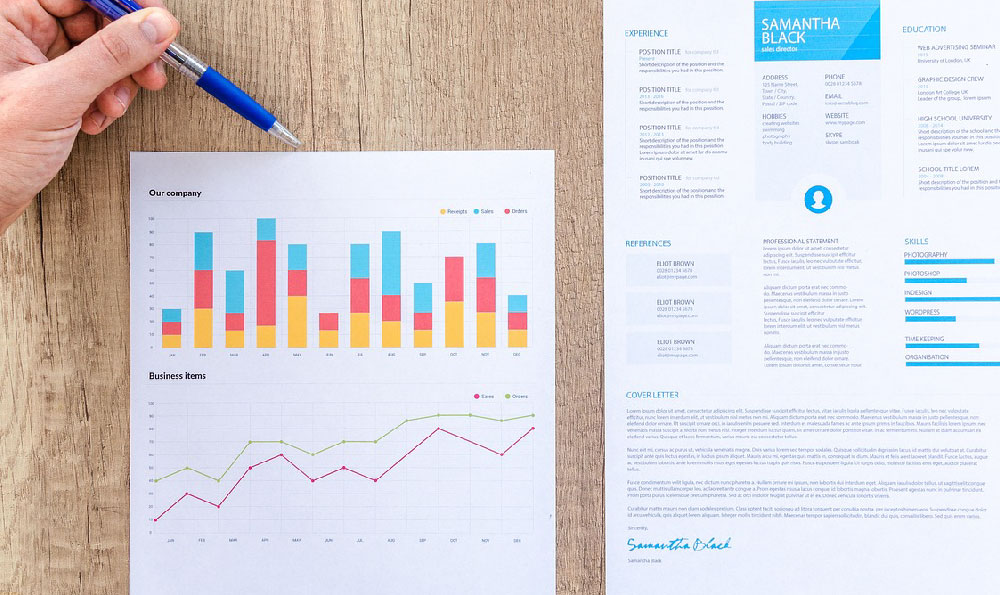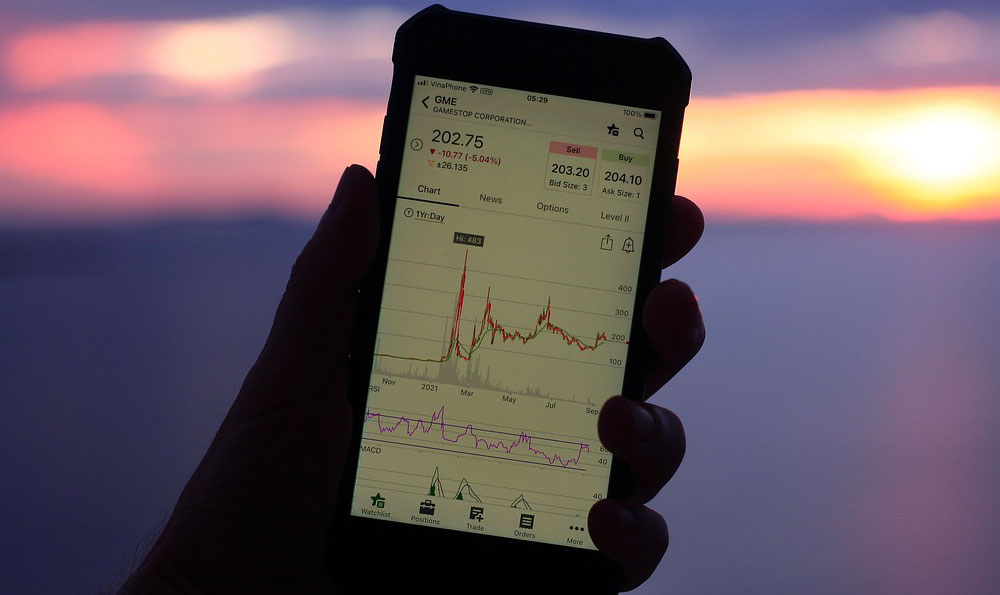Pinterest, often envisioned as a visual discovery platform for inspiration and project planning, might seem an unlikely candidate for a revenue-generating machine. However, beneath the surface of delectable recipes, stylish home décor, and DIY crafts lies a powerful marketing tool that, when leveraged correctly, can indeed become a significant source of income. The question is not if you can make money on Pinterest, but how you can strategically utilize the platform to achieve your financial goals.
The potential for profitability on Pinterest stems from its inherent nature as a search engine, not just a social media site. Users actively seek solutions, ideas, and products. This intent-driven behavior makes them highly receptive to relevant content and, consequently, more likely to make purchases or engage with offerings that address their specific needs. Consequently, Pinterest serves as a fertile ground for driving traffic, generating leads, and ultimately boosting sales.
One of the most direct and accessible ways to monetize Pinterest is through affiliate marketing. This involves partnering with businesses and promoting their products or services via your pins. When a user clicks on your affiliate link and makes a purchase, you earn a commission. The key to successful affiliate marketing on Pinterest lies in selecting products that align with your niche and resonate with your target audience. For instance, if your Pinterest profile focuses on sustainable living, promoting eco-friendly cleaning products or reusable food containers would be a natural fit. High-quality visuals, compelling descriptions that highlight the benefits of the product, and strategically placed affiliate links are crucial for driving conversions. Be transparent about your affiliate relationships by including a clear disclaimer, such as "#affiliatelink" or "#ad," to maintain trust with your audience.

Another viable avenue for generating income on Pinterest is by promoting your own products or services. If you're an artist, crafter, or entrepreneur selling physical goods on platforms like Etsy or Shopify, Pinterest can serve as a powerful marketing engine. Create visually appealing pins showcasing your products, linking directly to your online store. Optimize your pin descriptions with relevant keywords to improve search visibility and attract potential customers. Consider creating lifestyle pins that demonstrate how your products can be used or integrated into everyday life. For example, if you sell handmade jewelry, create a pin featuring someone wearing your jewelry with a stylish outfit, highlighting its versatility and appeal.
Beyond physical products, Pinterest can also be used to promote digital products and services. If you're a blogger, course creator, or consultant, Pinterest can be a valuable tool for driving traffic to your website and generating leads. Create eye-catching graphics that promote your blog posts, online courses, or coaching programs. Offer free resources, such as ebooks or checklists, in exchange for email addresses to build your email list and nurture potential clients. Consistent posting of valuable and engaging content will establish you as an authority in your niche and attract a loyal following. Remember to optimize your website for conversions by making it easy for visitors to sign up for your email list, purchase your products, or book your services.
Furthermore, Pinterest can indirectly contribute to your income by boosting brand awareness and driving traffic to other platforms. Use Pinterest to showcase your brand's personality and values. Create boards that reflect your brand's aesthetic and curate content that aligns with your target audience's interests. Consistently engage with your followers by responding to comments and participating in relevant conversations. By building a strong brand presence on Pinterest, you can increase brand recognition, attract new customers, and ultimately drive sales on other platforms, such as your website, social media channels, or physical store.
Effective Pinterest marketing requires a strategic approach. Start by defining your target audience and identifying their interests and needs. Research relevant keywords and incorporate them into your pin descriptions, board titles, and profile bio. Create visually appealing pins that stand out from the crowd. Use high-quality images or videos that are well-lit, well-composed, and relevant to your content. Experiment with different pin formats, such as standard pins, video pins, story pins, and product pins, to see what resonates best with your audience. Consistently post new content and engage with your followers to build a strong and active presence on the platform.
Analyzing your Pinterest analytics is also essential for optimizing your strategy. Track key metrics, such as impressions, saves, clicks, and conversions, to understand what's working and what's not. Identify your top-performing pins and boards and replicate their success by creating similar content. Experiment with different pin descriptions, keywords, and visuals to see how they impact your results. Use this data to refine your strategy and maximize your return on investment.
Finally, remember that success on Pinterest takes time and effort. Don't expect to see overnight results. Consistent posting, strategic optimization, and ongoing engagement are crucial for building a strong presence and generating income. Stay patient, persistent, and adaptable, and you'll be well on your way to making money on Pinterest. The platform offers a wealth of opportunities for those who are willing to put in the work and leverage its unique features to their advantage.












